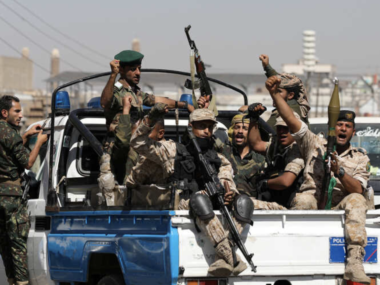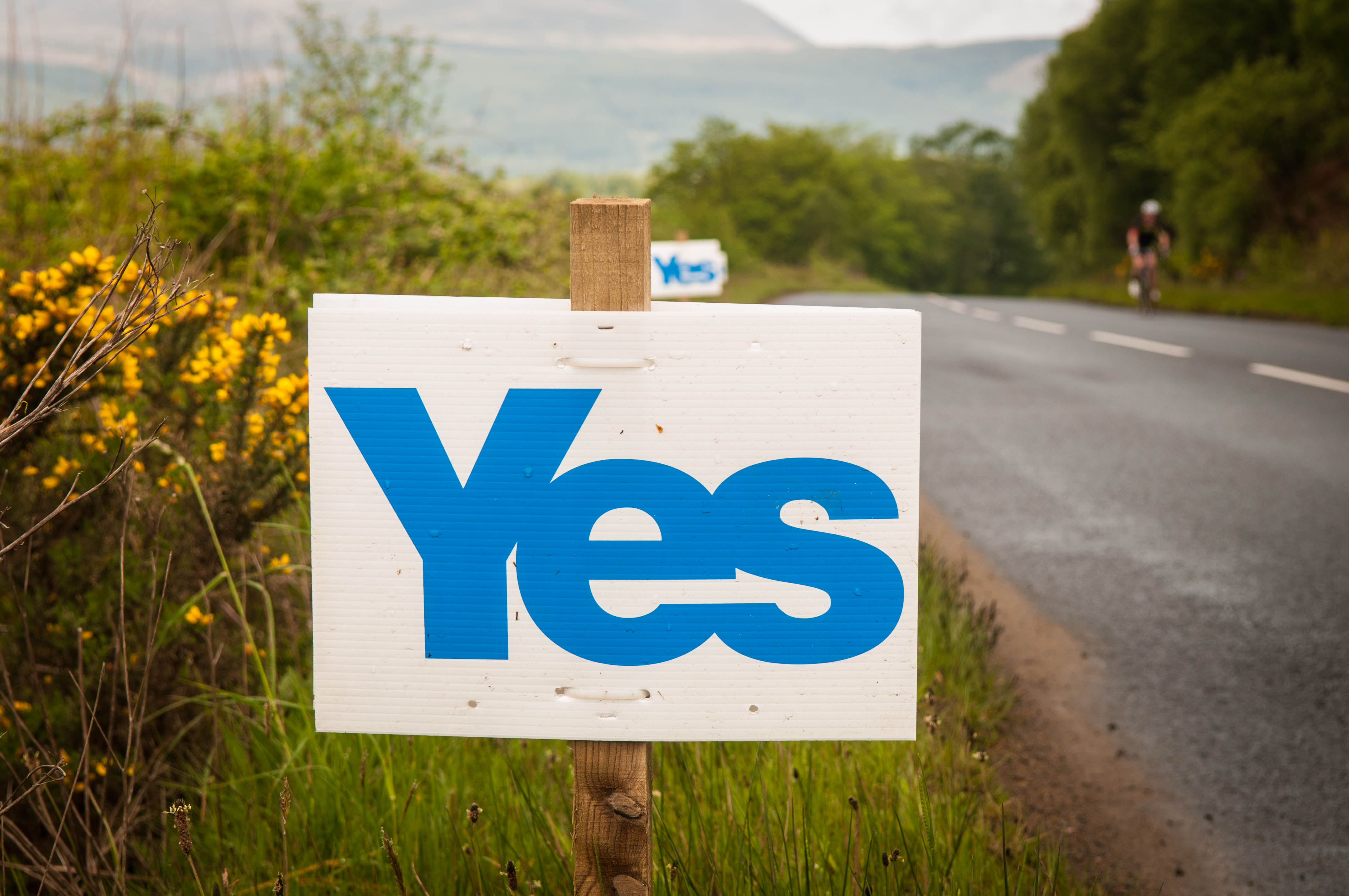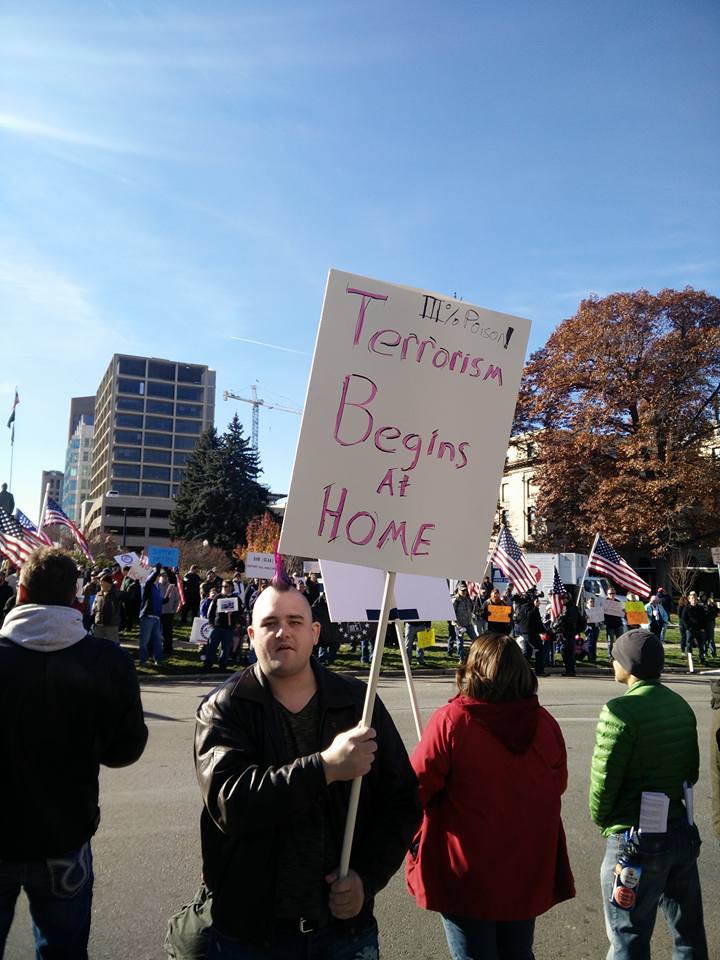Guest post by Nathan P. Kalmoe and Lilliana Mason
Armed political demonstrations are now common in the United States, particularly by right-wing groups. The ACLED research group documented 560 incidents of demonstrators with guns between January 2020 and June 2021.
Recent research tells us much about the nuances of public support for political violence, but we know next to nothing about what the US public thinks about armed demonstrations. We undertake that investigation here.
Armed Demonstrations in Context
The threat of guns in American politics is not new. History includes several instances where armed demonstrations helped terror campaigns successfully subvert democracy—most notably with anti-Black violence during Reconstruction and after—and congressmen were involved in dozens of armed fights in Congress before the Civil War.
Beyond the US, guns play a key role in the politics of dangerous political systems. Violence often undermines political movements by limiting their popular appeal, though similar evidence from US protest movements is mixed. Armed groups often struggle to gain legitimacy, while successful unarmed revolutions may topple more easily in counter-revolution. However, most political violence research does not distinguish between armed displays and actual acts of violence.
Like violence perpetrators, armed demonstrators exert an outsize influence on politics by inhibiting speech and changing behaviors by leaders and citizens with visible threats of violence. ACLED’s US analysis finds that armed events are far likelier to end in violence, too.
Public views about armed political displays are important because they influence whether those acts remain legal. Public views also reveal norms that encourage or restrain armed displays among the small number of people who participate in them.
To learn what Americans think, we fielded several survey questions about armed displays in our 2022 Cooperative Election Studies module, administered online by YouGov to a representative sample of 1,000 US adults.
Should Guns Be Banned Near Officials?
Our first question focused on legality: “Would you support or oppose a law that would prohibit people from carrying guns near public officials, including around government buildings, officials’ homes, and at campaign events?” Respondents answered on a 5-point scale from strongly support to strongly oppose, including a neutral/don’t know mid-point.
Overall, 54 percent of respondents supported or strongly supported a gun ban around officials, with just 24 percent opposed or strongly opposed. However, we find huge differences between the parties. 81 percent of Democrats support a law compared to only 37 percent of Republicans. Just 8 percent of Democrats are opposed, versus 40 percent of Republicans.
The partisan difference isn’t simply due to gun ownership: owners supported a ban more than Republicans, and gun ownership was only associated with less support for banning guns near officials among Republicans, not Democrats.
Is Armed Influence OK?
Our next two questions focused explicitly on using armed displays to intimidate leaders and voters:
- “When, if ever, is it OK for [own party name] to carry visible guns near public officials to influence their political decisions?” Never, Occasionally, Frequently, or Always?
- “When, if ever, is it OK for [own party name] to carry visible guns near voting locations to influence voters?”
Armed intimidation was very unpopular. Overall, 80 percent said “never” for influencing officials, and 86 percent said “never” for influencing voters. On the other side, 6 percent said “always” for officials, and 9 percent said “always” for voters.
Large majorities in both parties completely rejected using guns to influence leaders (73 percent Republicans, 92 percent Democrats) and voters (82 percent Republicans, 93 percent Democrats). But partisan gaps persist.
Eleven percent of Republicans said it was always OK to influence leaders with guns, versus 2 percent of Democrats. Likewise, 9 percent of Republicans said it was always OK to influence voters with guns, versus 1 percent of Democrats.
Backlash
Finally, we assessed the risks of tit-for-tat escalation, knowing that public support for political violence doubles when the other side acts violently first.
- What if [opposing party name] are intimidating voters with guns at a polling place? Would it be OK for [own party name] to respond by carrying visible guns near voting locations too?
Here, we find the largest partisan difference yet. 29 percent of Republicans said it is “always” OK to respond with guns, compared to 7 percent of Democrats (17 percent among all respondents).
A Partisan Divide
The good news is that Americans broadly reject guns influencing politics, and a small majority supports banning guns near officials to reduce threats.
The bad news is that those widely shared norms against guns in politics are weaker among Republicans, with a non-trivial number openly endorsing armed influence.
The prevalence of Republican gun ownership is sobering in this light. In our survey, 32 percent of Republicans said they personally own a gun, compared to 14 percent of Democrats. And 73 percent of Democrats said no one in their household owns a gun compared to 49 percent of Republicans.
As US right-wing violence grows, the dangers posed by armed demonstrations grow with it. Public norms on armed political displays will play a key role in escalating that conflict or snuffing it out, and the stakes for democracy’s prospects couldn’t be higher.
Nathan Kalmoe is Executive Director of the Center for Communication & Civic Renewal at the University of Wisconsin-Madison. Lilliana Mason is Associate Professor of Political Science in the SNF Agora Institute at Johns Hopkins University.





